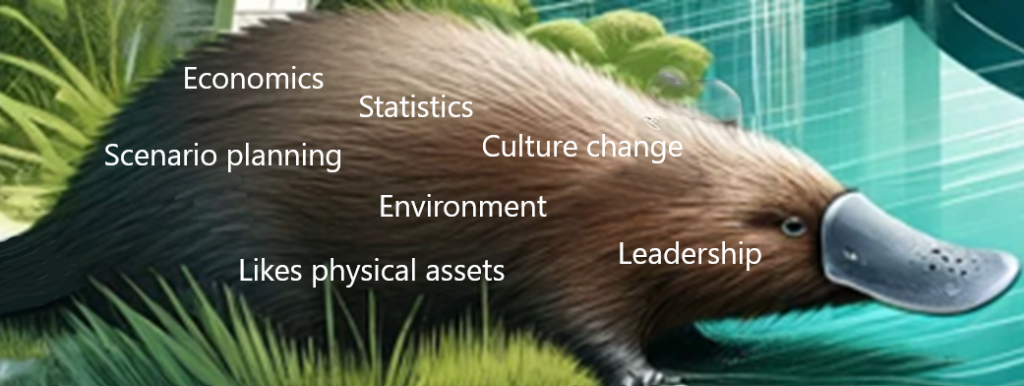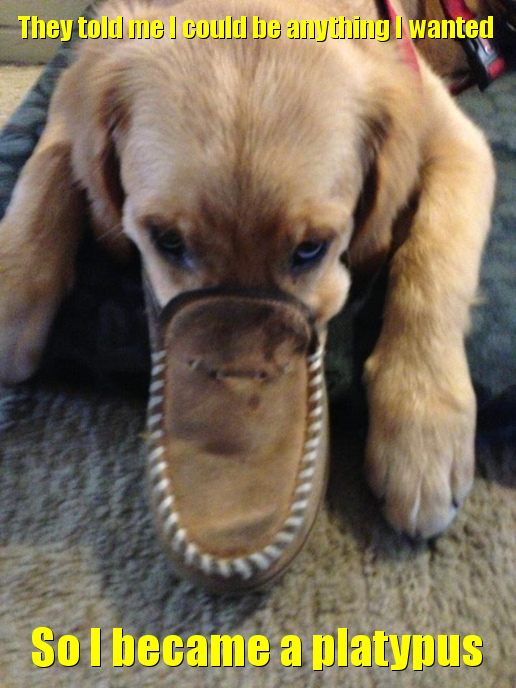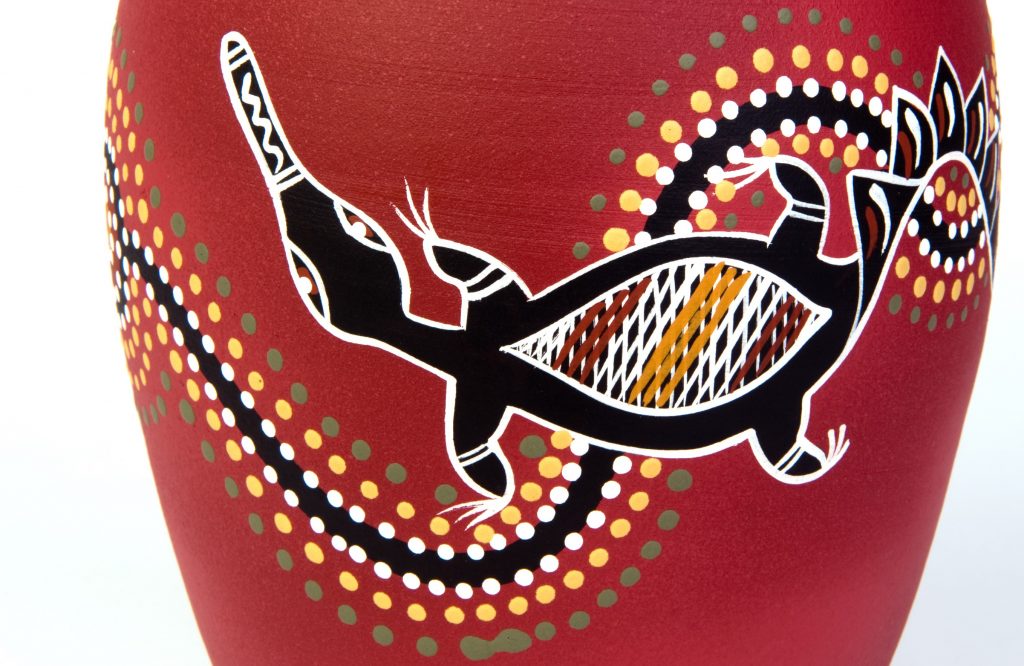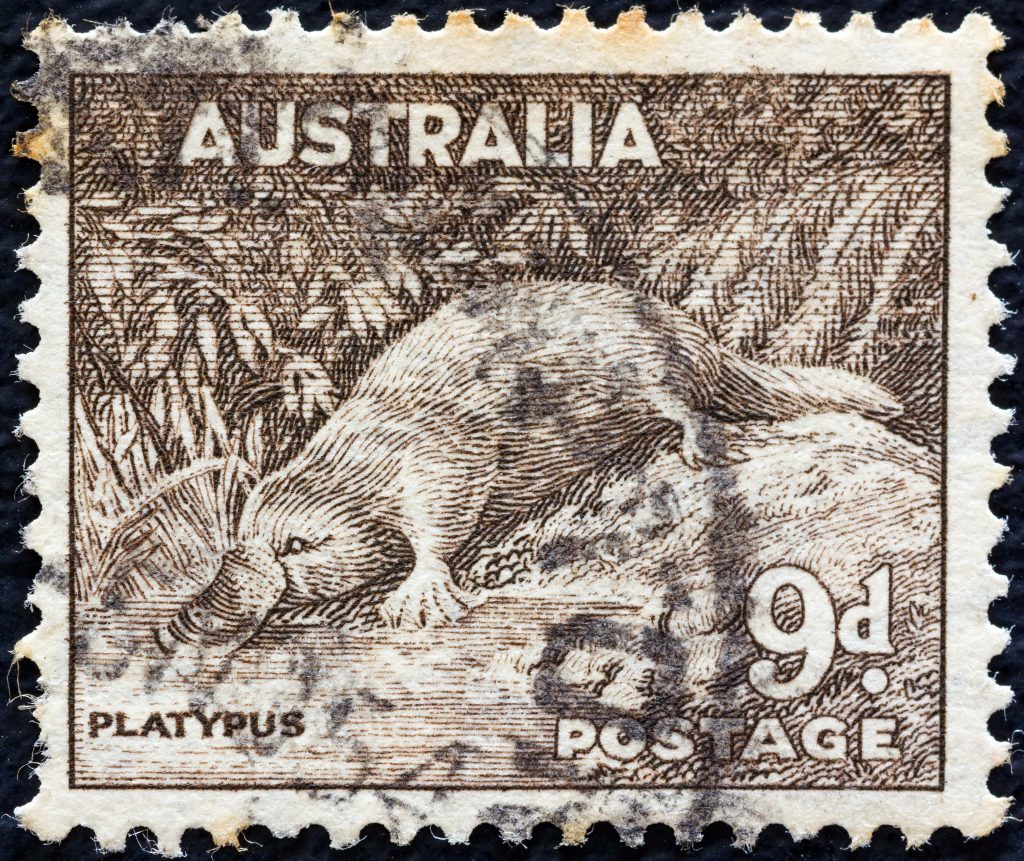
If Asset Management is to deliver better asset planning, we have a challenge. Are we living up to it?
The most obvious thing about AM is that it’s about physical assets. And for most of its history, the assumption has been that the main quality of an asset manager is that they need a background in those areas most concerned with physical assets: that is, engineering, operations, or maintenance.
Who else knows or cares about physical assets? And without that interest, AM might be unmoored: a branch of finance or corporate planning that simply doesn’t know or care enough.
The dilemma is that we need other skills that don’t come for free with delivery backgrounds.
Worse, we need perspectives that definitely go against what we learn in engineering school, or the motivation of operations.
- How do we nurture a profession of people who really like the realities of physical assets but think in a new way about them?
- How early do we need to reach potential asset managers?
There are some good signs – Dr Monica Beedles’ Street Smarts and Biz Smarts, for example, and the Canadian Network of Asset Managers (CNAM) work on AM competences. (And shout out to pioneers of new ways of getting to undergraduates – hello, Valerie Marcolengo!)
But, as CNAM points out, we have a chronic shortage of asset managers.
And many who struggle in post without the tools of effective asset management planning.
How do we reach those with the environmental, analytical, process, culture change and bigger picture skills we need?
What is your ideal undergraduate syllabus to grow the next generation of asset managers?
Thanks to the British Columbia South Island AM Community of Practice for the opportunity to discuss competences this week!

One of my great pleasures in life is to sit in a café and talk infrastructure. A popular topic, even before Lou Cripps came up with the idea Asset Managers are platypuses, is what makes an effective one? Or even what attracts us in the first place.
Who are ‘our people’?
To defend us from accusations of exclusivity, I need to point out that it’s not about what you studied at university, or which country you grew up in. Good Asset Managers are ‘anywheres’, as Ark Wingrove put it.
This is, of course, a Serious Subject, as we desperately seek to switch to a future-friendly mindset; seeing the bigger, longer picture around physical assets. But it’s also kinda fun to think about the difference that makes a difference.
Like the AM team who came on one of my courses and took me literally. We teach whole life costs, cost-risk optimisation, thinking in risk, and how information is all about decision-making. But I don’t think most attendees go away and start actually doing any of that. This team did.
One reason people don’t try whole life cost modelling, or risks in $, is because they think it’s too hard before they even start.
But my best students – well, if that was how you do Asset Management, they would figure out how to do it. When I later asked Todd Sheperd how they quantified asset risk, he said he looked it up on the internet. After reading a recommended book and going on a recommended course. (As I said, he took me literally.)
Yes, he must have had the confidence to believe he and his team could figure it out. But I think it’s more than that. It’s about curiosity and openness to learning.
It also involves a belief that if I don’t know something, someone else may have worked it out, maybe in a completely different context. We can learn from others – like 17th century gambling mathematicians, or stock markets traders.
Or actuaries. It’s as if 99% of attendees on AM courses have never heard there is a whole profession who have worked out how to put $ on risks.
Sitting in a café recently with Todd and Julie DeYoung talking about infrastructure, we also recognised another quality: interest in what we can learn from people doing something that’s not exactly the same as what we’re trying to do. Like wondering what we can learn from assets that aren’t exactly what we have – instead of deciding ‘our’ assets are so special there is nothing we can learn from others (and the processes of AM planning and modelling don’t apply to us).
In other cafés years ago with another old AM friend, Christine Ashton, we thought it’s about pattern matching. About looking at a problem we had, and the kind of technology approach it needed, as opposed to a fixation on a particular software tool, for example. What kind of problem is it? What sort of tool could help?
To me that’s linked to 80:20 thinking, but I suspect that some of my best AM buddies are better at details than me. It’s happily straying into the unknown, instead of trying to force everything to fit into what you already know.
I love (nearly) all of my students, of course. But not all of them turn out to be my sort of café people.
Shout out to yet another recent café and Janel Ulrich – her of the ‘can we develop our SAMP in the next 12 hours?’ (yes, of course we can). I love the way she loves ‘our kind of people’, in all our quirks and heartaches and irrepressible openness.
Others who will recognise their café contributions include John Lavan and Manjit Bains. And Penny, with whom too many of these café conversations have to be virtual.

From Bill Wallsgrove
AI continues to not quite to get what a platypus is – just as many people still don’t understand what Asset Managers do.
I could tell two miserable current stories of Human Resources not getting it. A major power utility with ISO 55000 certification where HR led a structure reorganisation, and failed to include any Asset Management (and the saddest part was how much effort the AM team had put into trying to bring HR along with them). A transit agency where HR insist they know better how to recruit good Asset Managers – again, after years of effort from the AM team on what to look for.
But lamenting HR failures is like shooting fish in barrel: too easy.
And we are all still working it out.
For example, looking at AM teams where they have really done interesting things, I see how much difference ‘professional’ information skills have made. The most impressive Asset Managers I know include a librarian, an ex-military intelligence veteran, and a teacher of data science. I wonder if good Asset Management is even possible without information nous.
And the perennial questions of whether you can learn to ‘embrace uncertainty’, or think strategically. Are good Asset Managers born, not made? I don’t want to believe so.
I certainly don’t have it all and have depended through my career on other people with complementary skills to mine.
As the Institute of Asset Management (IAM) starts its review of its Competency Framework, to update and expand the original work led by Chris Lloyd, I get the feeling more than ever that it isn’t just a matter of hiring people with certain skills, but of encouraging those who think about the world in particular ways.
I’m on the Competences Steering Group for the IAM. This is a plea for input: what is your experience on the most important skills, experience, aptitudes, attitudes for good Infrastructure Asset Management?
What have we learnt about good people in the nearly 40 years of Asset Management?

© 2023 Bill Wallsgrove
Some of my best friends are AI – in literature, at least. Ships Behaving Badly in Iain M Banks’ Culture novels for example, which led a human friend to say they couldn’t make a worse job of running the world than humans.
I am sad to say I expect less in reality, and any technology under the control of the rich few. But should we fear conspiracy or cock-up more, I wonder?
I seem to have become a luddite about ‘smart technology’ in managing infrastructure, delivering less and threatening more than enthusiasts are claiming. Systems too complex to manage, or to understand the potential implications of; and products that don’t offer much except big price tags.
But I had to smile at this image, the first result of my brother using an AI art app to create images for me of duck-billed platypuses.

I teach people about Asset Management – up to 1000 a year – and I get to see a wide range of reactions. Best is when someone in class decides Asset Management is what they have been looking for their whole career, its mixture of technical and people and business challenges exactly right for them. Or the maintenance guy who, by the end of the course, was explaining to everyone else to “do the math” for optimal decisions.
For some, on intro courses, it’s mildly interesting, at least as long as their leaders tell them it is.
Sometimes, however, people resist.
I taught a class of design engineers a few years ago, who argued the toss on everything, and failed the exam afterwards. I think we can take it that they didn’t get it because they didn’t want to. (I have also taught a class to project engineers who had understood AM was the way forward for them personally and had got together to sign up for it.)
Recently, I was working with an organisation – an early-ish adopter in the USA – where they were keen enough on AM to create a series of jobs for ‘Asset Manager’. Not necessarily what I, personally, would call Asset Managers, but rather engineering roles to develop priorities by asset class for replacement capital projects.
The way we teach AM, following the lead of Richard Edwards and Chris Lloyd (two very smart UK pioneers) is top down. If strategic AM is aligned to organisation priorities and levels of service targets, we start with what those targets are, with external stakeholders interests, the role of top management, and demand forecasting. In other words, context and goals. I warn everyone about this right at the start – and also make it clear that nothing else matters if we don’t understand what we want the assets for in the first place.
I was struck, this time, by the lack of curiosity the class had. No-one knew what their level of service targets were, they stumbled to think about who their key regulators were, where demand was heading, even who might have a legitimate interest in what assets were being replaced, outside of engineering and operations. It wasn’t just that they didn’t know, they also didn’t much care. They were not stupid.
I was struck by how weird it is, really, that we have to teach anyone about alignment. That smart people working with assets don’t stop to ask what their organisations are really doing with those assets.
What a good Asset Manager really needs more than anything is curiosity – asking all the questions about why and how and how we can do it better in future.
But some people just aren’t very curious, for some reason. They are not much fun to teach!

A new world, new questions
Today is the 5th Anniversary of Talking Infrastructure. It was created in July 2016 to consider the new world we are now in – and the new questions this world and its challenges requires.
It is now massively evident that whereas a focus on competition to secure the success of individuals and individual companies has generated much that we enjoy today, it has also generated serious problems, of which climate change and social inequity are just the most visible.
Infrastructure – problem or solution?
While we may be reluctant to admit it – infrastructure has been a large part of the problem! Every infrastructure does considerable environmental damage. And not every infrastructure generates commensurate community benefit. A few months ago, I said’ Goodbye to our Talking Infrastructure Guy’, – and explained what was wrong with our current attitudes to infrastructure. Today he is formally replaced as our icon.
So welcome our new icon – the Australian platypus – symbolic of the collaboration we so badly need. The platypus was originally regarded as a joke, for it was considered an impossibility, being so many different animals all in one. And this version of the platypus reflecting our aboriginal culture is particularly appropriate. The Australian aboriginals are the oldest civilisation in the world sustaining the land for over 50,000 years. That’s resilience! And they have done it by a focus on community, rather than self, and a veneration for the land that supports us.
If we want a future that will support our children and theirs, we need to embed these iconic qualities of community, resilience, and sustainability in all of our decisions – and especially in our long term infrastructure decisions – from new and renewal to ongoing maintenance and even to eventual withdrawal.
What questions do we now need to ask ourselves in order to secure this future?
Hint: They are not the questions that we started with in asset management and which I discuss in volume 1 of our series, The Story of Asset Management. Consider the ten questions I pursued in the first 10 years (1984-1993) which you can find here Or, to see the questions in context, see “Asset Management as a Quest – contents”.
After you read these questions, consider to what extent we have already solved (or at least know the solution to). Then ask yourself what the questions for the next ten years should be.
And, if you would like to see how I came up with these questions to start with, you may enjoy the first chapter of “Asset Management as a Quest” which you can find here. The full volume will be available in the New Year.
What do you consider the most important questions? Please add them below.

Our latest project! The Story of Asset Management
I hope you have been enjoying Ruth’s platypus posts on our blog as much as I have – and reflecting on the interesting and critical question she has been exploring, namely, what does it mean to be an asset manager?
This is not a simple question to answer. Which is why it needs thinking about. I have been doing much thinking about it over the past few months as I have worked on the first volume of Talking Infrastructure’s 4 volume narrative, ‘The Story of Asset Management’.
Each of the four volumes covers one decade, starting in 1984, to be finished by the end of 2023. Each volume has its own theme:
- Asset Management as a Quest. 1984-1993
- Asset Management as an Opportunity. 1994-2003
- Asset Management as a Discipline. 2004-2013
- Asset Management as a Business (and beyond?) 2014-2023
Team work
As Ruth has shown in her recent posts, Asset Management needs a team.
Our story of asset management is the story of how those teams developed, how they came together over key ideas, how they fought with each other and supported each other – and became the very special kind of multi-disciplinary, multi-national tribe we are all part of today.
You are wanted!
If you would like to be part of the story we tell, become a member of Talking Infrastructure today and we will let you know more.

Dreamstime.com/ 187958062 © Meg Forbes
The world of infrastructure Asset Management has had the benefit of an evolutionary model for several years: the ‘Waves’ of Penny Burns, to make sense of how organisations seem to have to go through a period of focus on basic information (Wave 1, Asset Inventory) before they really look at how to use it to make better decisions, to start optimising (Wave 2, Strategic Asset Management).
Before that, I confess, I struggled to express what was going on: how could people get stuck in data and databases? I don’t know that I fully understand, still, but I least I recognise it now – that having a list of all your assets, simple facts like install date and location, and a big dumb database to put it all in preoccupied so many of us for so long.
Penny herself seems not to have spent too much time worrying about this, but always had a vision way beyond it. She assumed we would have a grip on lifecycle costs, thinking longer term, and planning ahead, and get down to acting smarter on our asset decisions.
And now, as we work together to capture our collective history and development, we are really looking forward to the next Wave. To really so much better infrastructure decision making that is fit for purpose, through the rest of this turbulent century.
Look out for celebrating our history on July 29th!

Dreamstime.com/ 191317844 © Lefteris Papaulakis
It’s always an interesting question: why do things arise when and where they do? Why Asset Management in Australia in the 1980s, when plenty of other useful asset ideas came from other places and times – reliability engineering in US commercial airlines post-war, for instance?
And when I explain where much best practice comes from, why is New Zealand such a paragon? There are very good reasons, when you ask about the when and the where.
There is something about fundamental ideas that makes understanding the specifics important. An approach that seems like such a good idea as Asset Management – why wasn’t it more obvious, earlier, to more people? A fabulous clue as to how what seems like an obviously sensible mindset, required something major to shift. A chink in older assumptions, even culture, that let someone, something start to question, to let a new light in.
I suspect a lot of us struggle about why people resist what seems backed by logic, evidence and good sense. But I don’t want us to go down the deep, dangerous rabbit hole that is conventional economics, making a simplifying assumption that people are ‘rational’ the way they define it – a definition which doesn’t really care why people do what they do, or how what seems ‘obvious’ in one situation doesn’t work in another, or anywhere.
And that is partly why I love physical infrastructure. One size really doesn’t fit all* – a good strategy for one kind of asset would be barking wrong for another, and even for an identical asset in a different context. And it all depends on what you are trying to achieve, specifically.
Physical assets are the opposite of idealised generalisations. Yes, there are generally good questions; but not universal good answers, at least not in my experience.
Infrastructure Asset Management is the epitome of the full appreciation of time and place.
Watch here for the publication of the first part of Penny Burns’ history of Asset Management, from its beginnings in South Australia….
*Thanks to a Bay Area shoestore billboard, and Robyn Briggs ex Pacific Gas & Electric, for this!

© The Walt Disney Company
Appealing though it might be to be a secret hero*, like Fedora Perry – cool hat! – even this misunderstands platypuses. The internet has plenty of cute images of things that are labelled platypuses but aren’t.
In particular, many cartoons (like Perry) show them with a beaver tail*. They are sort of like an Australian beaver, so we assume they look like them. Even the robot platypus has a beaver tail. But platypuses have furry tails.
Once someone put a beaver tail on a platypus, it was easier for people to copy than check a photo of a real platypus*.
And I guess they were the inspiration for Fantastic Beast the niffler – and now nifflers show up in seaches for platypus images.
And since almost no-one has ever seen a baby platypus*, fake pictures circulate (and there’s a furious debate about what they are even called).
Yes, platypuses are widely misunderstood, when people have even heard of them.
What does a good infrastructure Asset Manager really do*?
*Hint: not a lone hero, not a construction engineer, not necessarily what people think, and they don’t spring fully formed from college…

Recent Comments